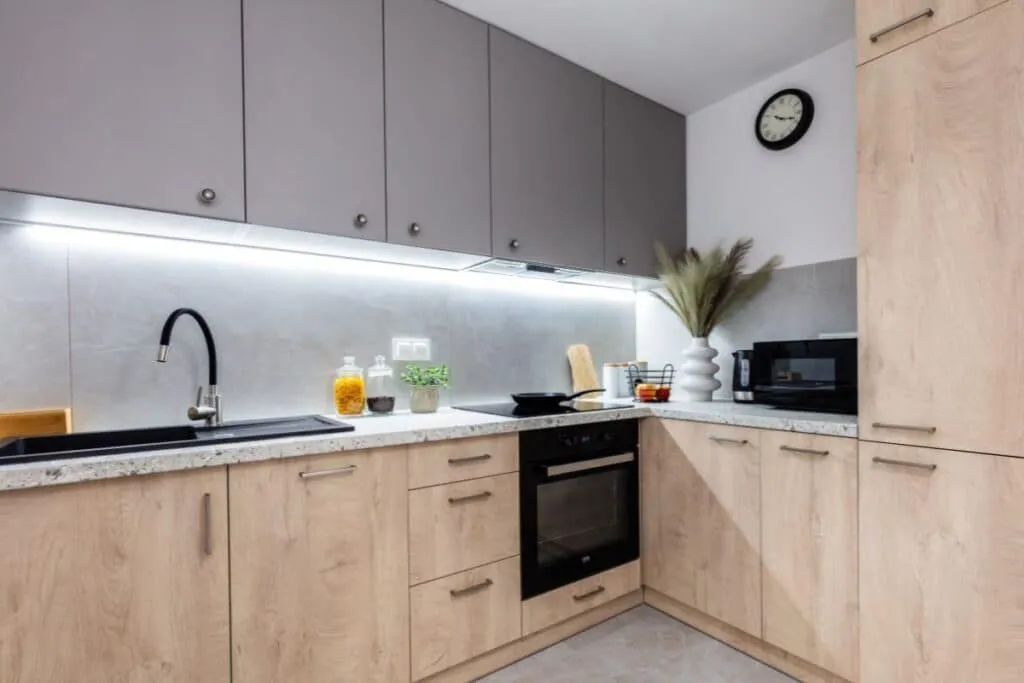Inside the 2025 Kitchen: Design Trends Transforming Your Home

In 2025 the way we design kitchens is changing. The classic kitchen island is making way for more personal and flexible arrangements. This change comes as more people want living areas that aren’t just practical but also cosy, welcoming and full of character. As homeowners look for spaces that feel genuine and connected, these trends offer both style and usability.
Decline of the traditional kitchen island
For years, kitchen islands have been a favourite in modern homes, loved for their clean looks and versatility. However, they come with a few drawbacks. In tighter spaces, these islands can actually block the natural flow of movement, and their fixed position makes things less flexible, often giving gatherings a disconnected feel. With tastes shifting from stark minimalism to more personal spaces, the once-beloved island is gradually falling out of favour.
Designers and architects are taking note by reintroducing some old-school elements into kitchen layouts. They’re focusing on creating areas that encourage socialising without losing out on efficiency. This change suits the growing desire among homeowners for adaptable options that mix practicality with a welcoming feel.
The rise of English work tables
One standout trend in 2025 is swapping fixed islands for English work tables. These tables add a rustic charm and practical style to modern kitchens. Made from natural wood, they often come with distinctive touches like turned legs or carvings, and sometimes feature built-in drawers and lower shelves that offer extra storage without skimping on looks.
English work tables bring a sense of mobility that fixed islands just can’t offer. They seem to reflect a widespread wish for genuine, hands-on experiences in an increasingly digital world. It’s interesting to note that some retro items have even gained value over time – for instance, 1970s IKEA chairs have climbed from £37 to £2,000.
The dining table renaissance
Alongside work tables, there’s been a comeback for traditional dining tables in kitchens. Unlike islands, dining tables create a natural gathering point without drawing a physical line down the middle. They serve several roles – from preparing meals to dining and even acting as a workspace – making them the centre of family and friend get-togethers.
Their ability to be moved around easily is a big plus for smaller homes where every inch counts. Homeowners are leaning towards tables that carry personality and a sense of history instead of sticking with cookie-cutter designs.
Creating an authentic kitchen experience
What’s unfolding in kitchen design shows a broader shift in how we view our homes. Kitchens are no longer just about function; they’ve become spaces for connection, adaptability and personal expression. Moving away from fixed islands fits perfectly with the trend towards rooms that can evolve with our changing needs and reflect our personal stories.
This new approach celebrates a real sense of warmth and the joy of being together – a nod to our collective hunger for genuine interaction in a fast-moving digital age. As one expert puts it, “Today’s homeowners are after versatile spaces that mix everyday practicality with a welcoming feel.”
As we step into 2025, it’s clear that kitchens are evolving into areas that respect tradition while meeting modern demands. This change invites us all to rethink how we design our homes so they truly mirror who we are and what we hold dear.